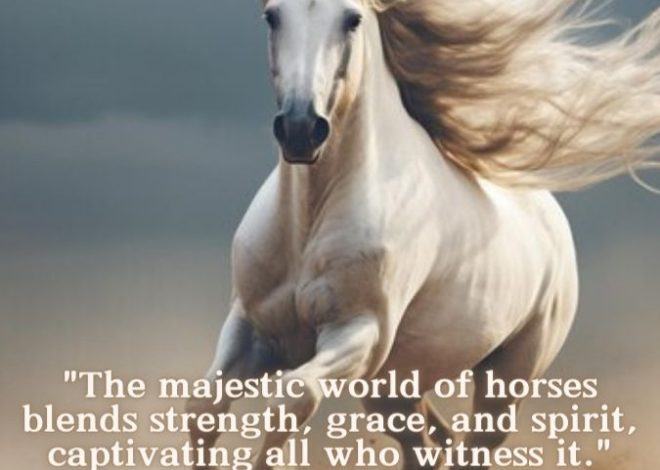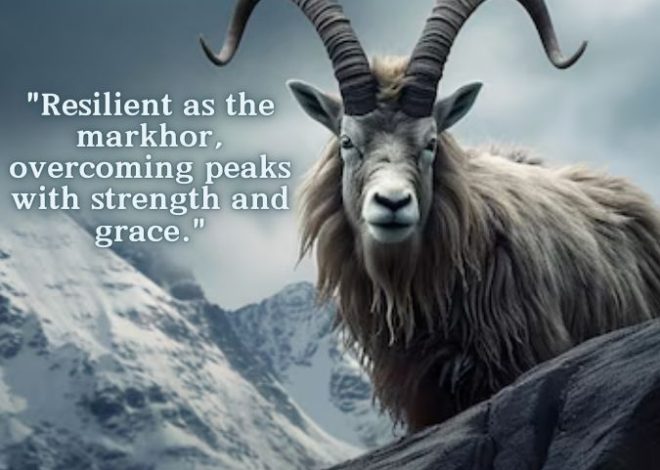
The Lion: King of the Animal Kingdom
Lions, often referred to as the “king of the jungle,” are majestic creatures that embody strength, power, and social complexity. These big cats, scientifically known as Panthera leo, primarily inhabit the grasslands, savannas, and open woodlands of Africa and parts of India. Their social structure, physical characteristics, and role in ecosystems make them fascinating subjects of study and admiration.
Physical Characteristics
Lions are easily recognizable due to their impressive physical features. Adult males typically weigh between 330 to 550 pounds, while females are slightly smaller, weighing between 260 to 400 pounds. One of the most striking features of male lions is their mane, which varies in color from light blonde to deep black. The mane serves multiple purposes: it protects the neck during fights, makes the male appear larger to rivals, and attracts females.
Lions have powerful bodies built for strength rather than speed. Their limbs are muscular, allowing them to take down large prey. Their retractable claws and sharp teeth are essential tools for hunting and fighting. Lionesses, known for their agility, are the primary hunters in a pride, often coordinating their efforts to capture prey such as zebras, wildebeests, and antelopes.
Social Structure
Unlike most big cats, lions are social animals that live in groups called prides. A pride typically consists of related females, their offspring, and a coalition of one to several males. The social dynamics within a pride are complex and are characterized by cooperation and competition.
Female lions do most of the hunting and caring for the young, sharing the responsibilities within the pride. They often synchronize their estrous cycles, which allows them to give birth around the same time, increasing the chances of survival for the cubs. Male lions, on the other hand, protect the pride’s territory from rival males and other threats. When a new male takes over a pride, he may kill the existing cubs to bring the females back into estrus, ensuring that his genes are passed on.
Hunting and Diet
Lions are carnivorous and are known for their strength and cooperative hunting techniques. They primarily hunt in groups, using strategies to stalk and ambush prey. Lionesses often do the majority of the hunting, working together to encircle and take down animals larger than themselves.
Their diet consists mainly of large herbivores, including zebras, wildebeests, and buffalo. Lions are opportunistic hunters, and they will scavenge if necessary. After a successful hunt, a pride will feast together, showcasing the strong social bonds that exist within the group. The dominant male typically eats first, followed by the females and then the cubs.
Habitat and Distribution
Lions once roamed across Africa, Europe, Asia, and the Americas, but their range has significantly decreased due to habitat loss, hunting, and human-wildlife conflict. Today, the majority of wild lions are found in sub-Saharan Africa, with a small population of Asiatic lions residing in the Gir Forest National Park in India.
Conservation efforts are crucial for the survival of lion populations. Many national parks and reserves have been established to protect their habitats and promote coexistence with local communities. Despite these efforts, lions continue to face threats from poaching, loss of prey, and encroachment on their habitats by agriculture and urban development.
Cultural Significance
Lions have held a prominent place in human culture throughout history. They symbolize strength, courage, and nobility, appearing in various myths, legends, and art forms across different civilizations. In ancient Egypt, lions were associated with the goddess Sekhmet, while in Mesopotamian cultures, they represented kingship and protection.
In modern times, lions are often used as symbols of power and bravery in heraldry and logos, such as in the emblems of various nations and sports teams. The phrase “lion-hearted” denotes someone courageous and fearless, further embedding the lion’s image in popular culture.
Challenges and Conservation Efforts
The decline of lion populations has raised significant concerns among conservationists. Factors contributing to their endangerment include habitat loss, human-wildlife conflict, and poaching. As human populations expand into lion territories, encounters between lions and livestock increase, leading to retaliatory killings by farmers.
To combat these challenges, various conservation organizations are working to create protected areas, promote sustainable land-use practices, and educate local communities about the importance of lions in ecosystems. Community-based conservation initiatives also aim to foster coexistence between humans and lions, ensuring that both can thrive.
Conclusion
Lions are not just magnificent creatures; they play a vital role in maintaining the balance of their ecosystems. Their social structure, hunting techniques, and cultural significance highlight their importance in both the animal kingdom and human society. As we move forward, it is crucial to continue efforts to protect these iconic animals and their habitats. By fostering understanding and appreciation for lions, we can work towards ensuring that future generations can experience the awe and majesty of the “king of the jungle.”















